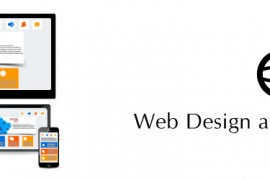As the world shifts to a more integrated and internet reliant society, the need for new technologies which make this transition easier, arises. Presently, colossal amounts of information are available at the click of a button and all this information is on the World Wide Web. In technical terms, this information is referred to as web content and basically comprises anything that can be stored or hosted on the internet. Often this includes documents, pictures, audio, and video among others. For this information to have a presence on the internet, one may require the input of web developers and web designers who have extensive knowledge on the technicalities involved in the entire process.
In an attempt to simplify this process, Web Content Management Systems (CMS) have been created. As the term suggests, these are web based applications that allow the addition, manipulation, publication and maintenance of content that has been hosted on the internet. Typically, they enable all this with minimal or no web design or development knowledge and all one has to do is learn how to use the CMS software just as one would for instance, learn how to use Microsoft Word to create documents.
Simply, a content management system helps you manage the information and content on your website. You can add, delete or archive information whenever you feel like. This means when you have a new product you want to offer, you no longer have to call your digital marketing agency as you can do this all by yourself.
All CMS systems have a client and an administrator section. The client section is basically what is seen by users who access the website. It is the administrator section that allows all the magic to happen. Here, the owner(s) of the website can add content and manage users among other functions that vary depending on the selected CMS. The systems also allow for the addition of extra functionality by installing plugins or modules created by other developers. This works in a similar manner as software programs installed on a computer. For instance, one can install a plugin that enables the website to interact with social platforms like Facebook and Twitter or a plugin that displays an event planner or simply rolls through a series of pictures. There are quite a number of Content Management Systems available in the market today some of which are free to use, and others which are for sale. Common CMS applications include; Joomla!, Drupal, MediaWiki, WordPress and PHP-Fusion, among many others.
When we at Mint design for you a website, we ensure integration with a content management system. We also give training on the use of the systems.









